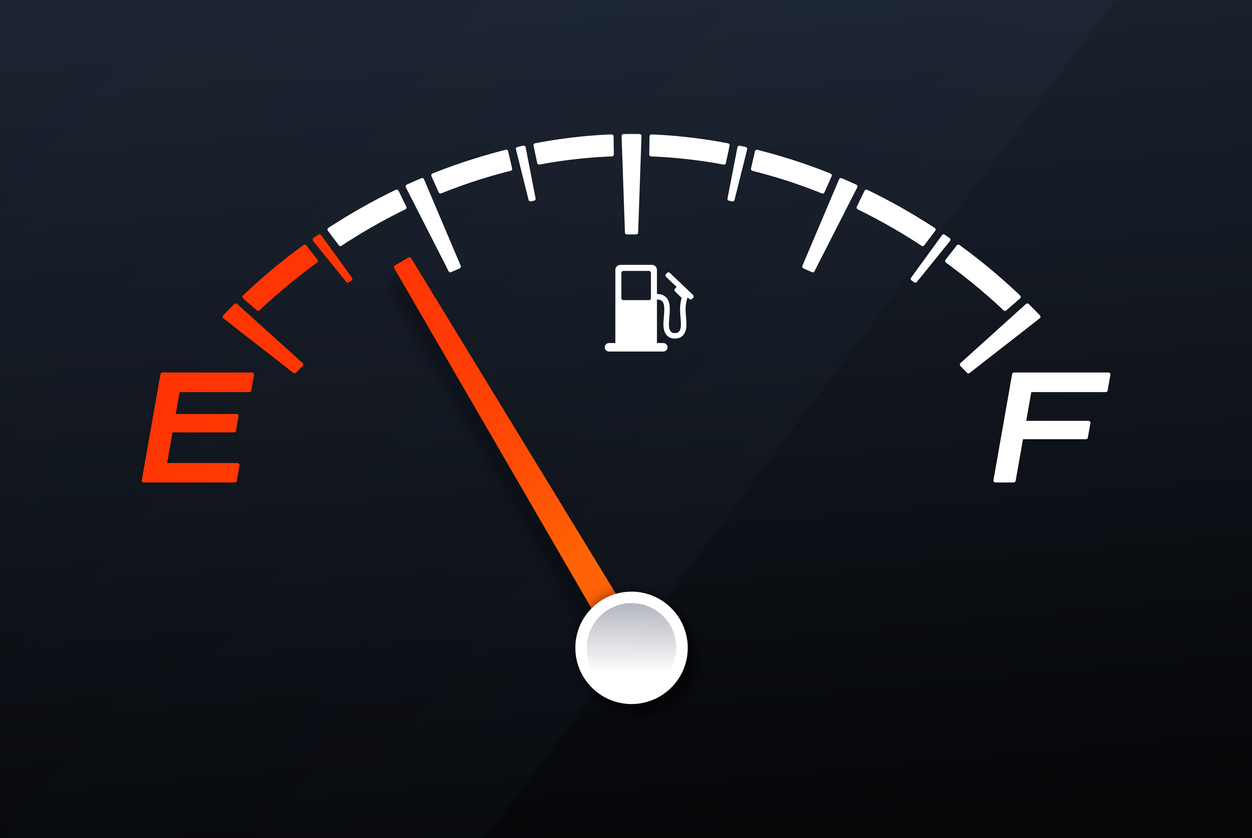Whether it be the supply chain, compliance issues, manufacturing issues, issues with packaging components, or just plain bad luck, the number of drug shortages continues to plague the pharmaceutical industry both domestically and overseas. The FDA current shortage list (here) contains 191 entries and, of that number, only 66 have been resolved, leaving 125 drug products still creating problems for prescribers and patients.
Work on resolving shortages is multifaceted, and while some progress is being made, if you are a patient that needs a drug, and none can be found, then that work has failed you. With the problem a couple of decades old, there is obviously no quick fix and finding a concrete solution has been elusive. Some say we need to onshore the API and finished dosage form manufacture, but that is almost as big of a pipe dream as solving the global issue by wave of a magic wand. Until redundant systems are available for every API and drug product, we will continue to see drug shortages. Pandemics make the problem even more acute as the unanticipated need may disguise itself until the problem becomes critical. Also, EPA and other environmental issues in the states pose hurdles that in some instances are difficult if not impossible to jump over.
Just when it seems we are turning the corner on drug shortages, RSV, the flu, or other factors seems to rear their ugly heads. When did you ever think there would be an ibuprofen or acetaminophen shortage, let alone a nationwide shortage of ampicillin, amoxicillin, and penicillin? Well, welcome to our current reality!




